When Teachers Raise Concerns About Speech Delay
The Importance of Early Awareness in Speech Development
Speech and language development form the foundation of effective communication and learning in children. Teachers, given their daily interaction with young learners, are often among the first to observe signs of speech delay. Understanding when and how to raise concerns about speech and language development is crucial for early intervention that can significantly improve a child’s academic and social outcomes. This article explores the role of educators in identifying speech delays, the best practices for addressing these concerns, and the importance of collaboration among teachers, caregivers, and specialists.
Identifying Signs of Speech Delay in Children

What are the common signs of speech delay in children?
Children with speech delays often show signs that do not align with typical developmental milestones. Common indicators include having a limited vocabulary for their age, difficulty forming simple sentences, or pronouncing words unclearly. For example, a child might say only a few words by age 2 or struggle to put two words together.
In addition, some children may rely more on gestures than spoken words. Lack of gestures like pointing, waving, or reaching by 12 months can be a red flag. They might also have trouble imitating sounds or words, and their speech may be hard for others to understand.
Behavior-wise, children with delays may also have difficulty following instructions, answering questions, or engaging in social interactions. They might sound unusual when speaking, use a monotone voice, or show frustration because they cannot express their needs clearly.
Speech and language developmental milestones
Monitoring milestones helps parents and caregivers spot early signs of delay. Typically, responses to sound are seen by 4 months, babbling with consonant sounds occurs by 6-9 months, and simple words like “mama” or “dada” are used around 12 months. By age 2, children usually combine words into phrases such as “more juice.”
Reaching these milestones varies among children, but significant delays can suggest the need for evaluation. For example, if a child has not spoken any words by 16 months or has not begun combining words by 24 months, further assessment is warranted.
Red flags for speech delay
Parents should be alert to specific warning signs and consult health professionals promptly. Lack of babbling by 9 months, absence of gestures by 12 months, lack of single words by 16 months, and failure to produce two-word phrases by 24 months are critical red flags.
Other concerns include difficulty understanding instructions or social cues, avoiding eye contact, or limited responsiveness to name calls. These signs may indicate underlying issues such as hearing impairment, developmental disorders like autism spectrum disorder, or other speech and language difficulties.
Early recognition of these signs allows for timely intervention, which can significantly improve developmental outcomes. Regular developmental surveillance during pediatric visits and parent education are essential components in catching delays early.
| Milestone/Red Flag | Typical Age | Action Recommended | Additional Notes |
|---|---|---|---|
| Responds to sound | 4 months | Routine hearing check | Early hearing issues impact speech development |
| Babbling with consonants | 6-9 months | Observe and record | Lack of babbling can signal delays |
| Uses gestures (pointing, waving) | 12 months | Encourage gestures | Absence may suggest communicative delay |
| First words | around 12 months | Monitor vocabulary growth | No words at 16 months warrants evaluation |
| Two-word phrases | 24 months | Seek assessment if absent | Important milestone for sentence development |
| No response to name | 9 months | Consult pediatrician | Could indicate hearing or social issues |
| No single words | 16 months | Intervention recommended | Early speech therapy benefits |
| No two-word phrases | 24 months | Early referral suggested | Helps prevent later communication difficulties |
If worried about your child’s speech and language skills, consult with pediatricians or speech-language pathologists. Early detection is crucial for effective intervention and better long-term communication abilities.
When and How Teachers Should Raise Concerns About Speech Delay
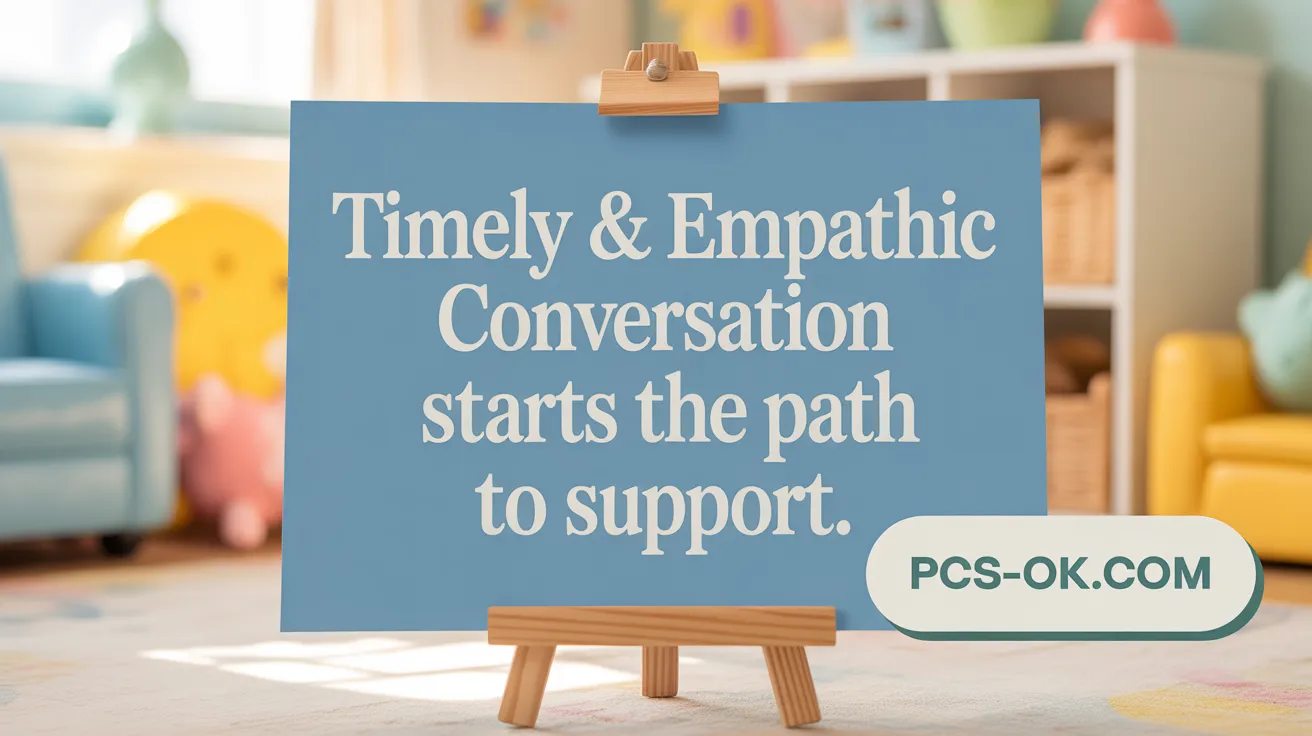
When should teachers consider raising concerns about a child’s speech development?
Teachers play a vital role in early detection of speech delays by closely observing their students. They should consider raising concerns when they notice that a child is not meeting typical developmental milestones. For example, if a child has not started babbling by around 9 months or does not use gestures such as pointing or waving by 12 months, these are red flags.
By age 16 months, children usually begin to produce single words; if this milestone is missed, it warrants attention. Persistent challenges like a limited vocabulary, difficulty understanding instructions, or failure to produce even simple two-word phrases by age 2 should prompt further evaluation. Additionally, regression of skills or social disconnection can be signs of underlying issues such as autism spectrum disorder.
Teachers are encouraged to document their observations carefully and share concerns with caregivers thoughtfully. Framing these concerns as questions like, “Have you noticed that Jamie isn’t using words as most children his age do?” or “I’m wondering if we should explore whether he’s understanding instructions properly,” helps foster constructive dialogue.
Timely communication can lead to early intervention, which is crucial for better developmental outcomes. Recognizing these signs early and approaching families with empathy facilitates cooperative efforts toward assessment and support.
Understanding Causes and Developmental Milestones Related to Speech Delay
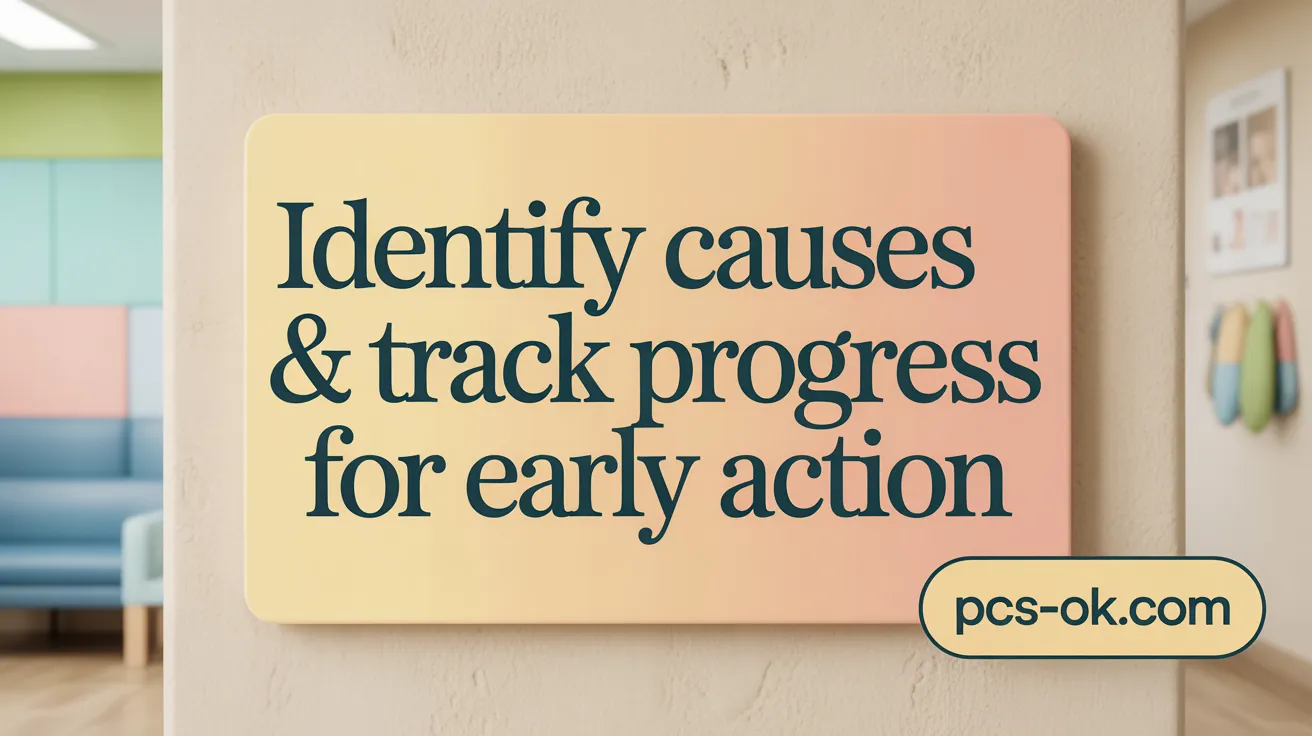
What are the typical causes and developmental milestones related to speech delay?
Speech delay in children can be caused by a variety of factors. These include hearing impairments, such as recurrent ear infections that impact hearing ability, and neurological conditions like autism spectrum disorder, which can affect both speech and social communication skills. Structural abnormalities such as cleft palate and oral-motor issues may also interfere with speech development. Environmental factors, including psychosocial deprivation and limited language exposure, play a role as well.
Normal developmental milestones provide helpful benchmarks. Babbling often begins between 6 to 9 months, serving as an important precursor to speech. By around 12 months, many children start using their first words. Progressing further, most children combine words into simple two-word phrases by 24 months. These milestones are general guidelines, but it is important to remember that children develop at different rates.
Early screening for delays and potential underlying causes, such as hearing loss or neurological issues, is essential. This allows for timely intervention, which can significantly improve communication outcomes. Although some children experience delays, with proper support, many can catch up to their peers. Understanding these causes and milestones helps caregivers and clinicians identify and address issues effectively.
The Critical Role of Early Intervention in Speech Delays
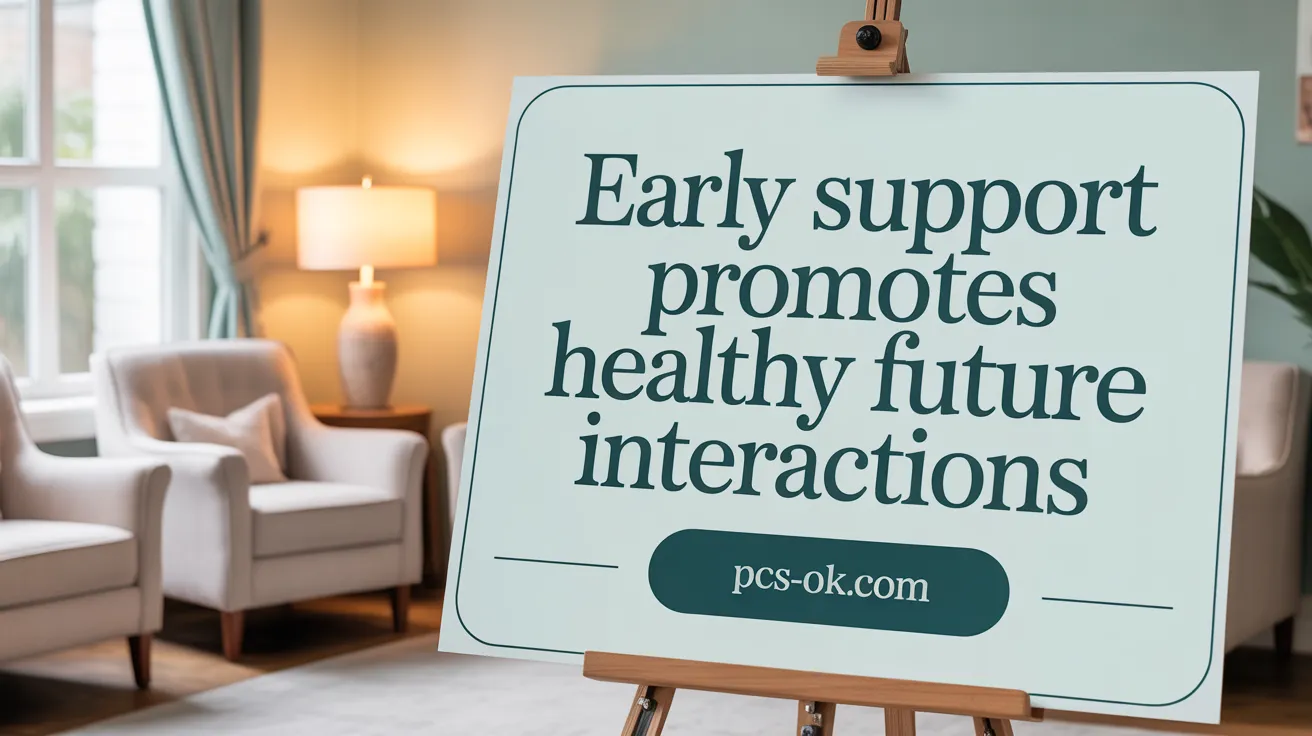
Why is early intervention important for children with speech delays?
Early intervention is vital because it allows healthcare professionals and parents to identify and address speech and language difficulties during a key period of brain growth. The first few years of life are when the brain is most receptive to developing communication skills, such as listening, understanding, and social interaction.
Intervening early helps children master basic language skills that are foundational for academic success and emotional health. It also enables caregivers to become active participants in their child’s development through guided activities and consistent reinforcement at home.
Furthermore, early treatment can prevent minor delays from evolving into more significant learning and behavioral challenges later in life. Research indicates that children who receive timely support are more likely to catch up with their peers, reducing the need for more intensive and costly interventions in the future. Overall, early intervention not only improves communication abilities but also supports a child’s overall cognitive and social well-being, setting a strong foundation for lifelong success.
Effects of Speech Delay on Academic Success and Social Development

How can speech delays affect a child’s academic success and social development?
Speech delays can significantly influence how children learn and interact with others. When children experience difficulties in articulating words or understanding language, their ability to read and write can be compromised. They may struggle with phonological awareness, making it harder to learn spelling and decoding skills essential for literacy.
In classroom settings, these children might find it challenging to follow instructions, answer questions, or participate in discussions. This can lead to frustration, decreased confidence, and reluctance to engage in learning activities.
Socially, speech delays often limit effective communication, resulting in fewer interactions with peers. Children may find it hard to express their thoughts and feelings, which can cause misunderstandings or social withdrawal. Such experiences can lead to lower self-esteem and increased feelings of isolation.
Behavioral issues, such as acting out or becoming withdrawn, may also emerge as reactions to their difficulties with language. Over time, these challenges can impact their emotional well-being and overall life satisfaction.
Early recognition of speech and language issues, coupled with targeted speech therapy and supportive parental guidance, is vital. These interventions help improve communication skills, bolster academic achievement, and foster better social relationships, setting the stage for a more positive developmental trajectory.
| Aspect | Impact | Additional Details |
|---|---|---|
| Literacy Skills | Difficulties with reading and writing | Challenges in phonological skills, decoding, spelling |
| Classroom Learning | Struggles with following instructions and participation | Reduced engagement, frustration |
| Social Interaction | Limited peer engagement, misunderstandings | Social withdrawal, lower self-esteem |
| Emotional Well-being | Increased frustration, anxiety | Impacted overall satisfaction, behavioral issues |
Recognizing and addressing speech delays early helps ensure children develop the necessary skills for a successful academic and social life.
The Role of Teachers in Recognizing and Responding to Speech Delays
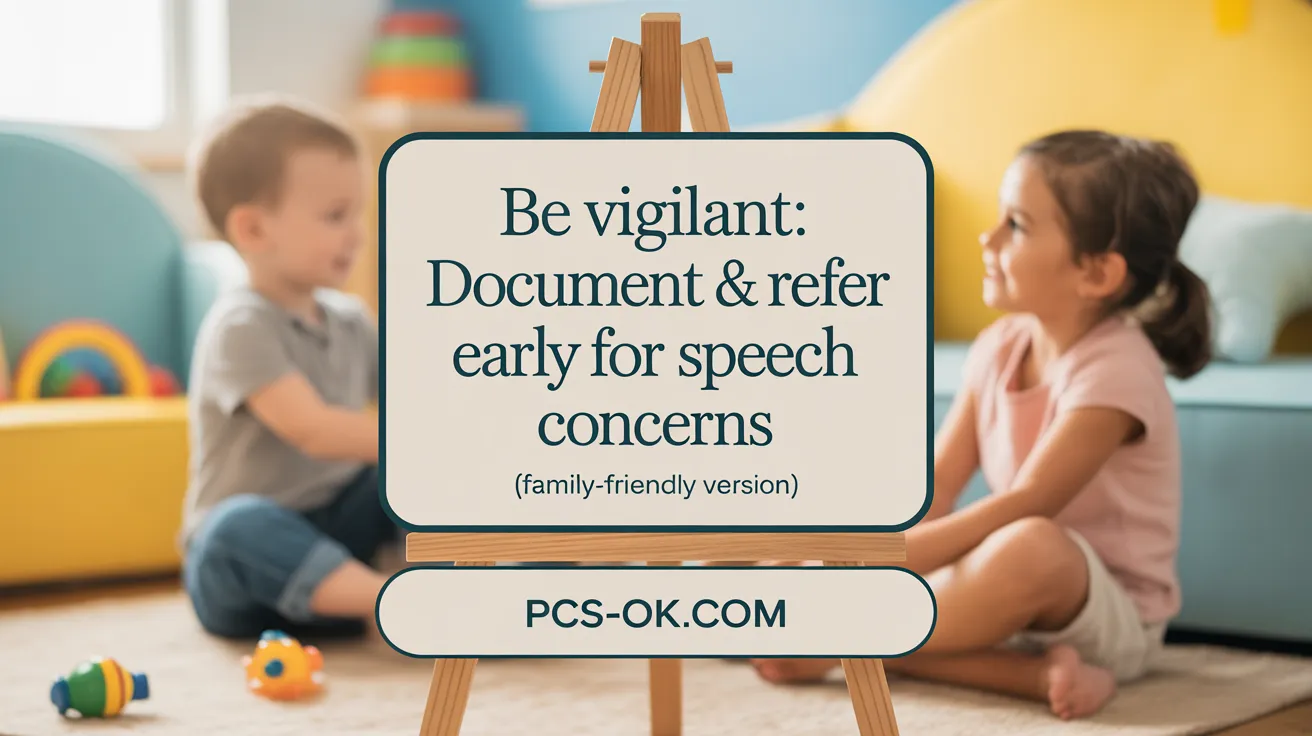
What role do teachers play in recognizing and responding to speech delays in children?
Teachers are often the first to observe early signs of speech and language delays in a classroom setting. Through regular monitoring of children’s vocabulary, pronunciation, and understanding, educators can identify children who may be falling behind typical developmental milestones.
By paying close attention to factors such as limited use of gestures, delayed speech sounds, or difficulty understanding instructions, teachers can flag concerns that warrant further assessment. Recognizing these signs early is crucial, as timely referral to speech-language pathologists or pediatricians can significantly improve outcomes.
In addition to observation, teachers can implement classroom strategies to support children with speech delays. These include using visual aids, providing clear and simplified language, and modeling correct speech patterns. Facilitating peer interactions encourages social communication and provides natural contexts for practice.
Despite the important role teachers hold, there is often a gap in training pertaining to speech and language impairments. Enhanced professional development in this area can empower educators to better support affected students. Collaboration with specialists and speech therapists ensures that children receive comprehensive assistance tailored to their needs.
How can teachers improve their support for children with speech delays?
| Approach | Description | Additional Notes |
|---|---|---|
| Monitoring and Observation | Watch for red flags such as limited gestures or late speech | Use checklists and developmental milestone guides |
| Referral and Collaboration | Refer children to specialists early | Maintain communication with parents and therapists |
| Classroom Strategies | Use visual cues, reduce background noise, promote peer interactions | Adapt activities to encourage communication |
| Professional Development | Attend training on speech and language development | Stay updated on best practices in special education |
Parents and teachers working together can create a supportive environment that encourages speech growth. Recognizing early signs, making timely referrals, and applying supportive classroom techniques are key elements in helping children develop effective communication skills.
Effective Strategies for Managing Speech Delay in Educational Settings
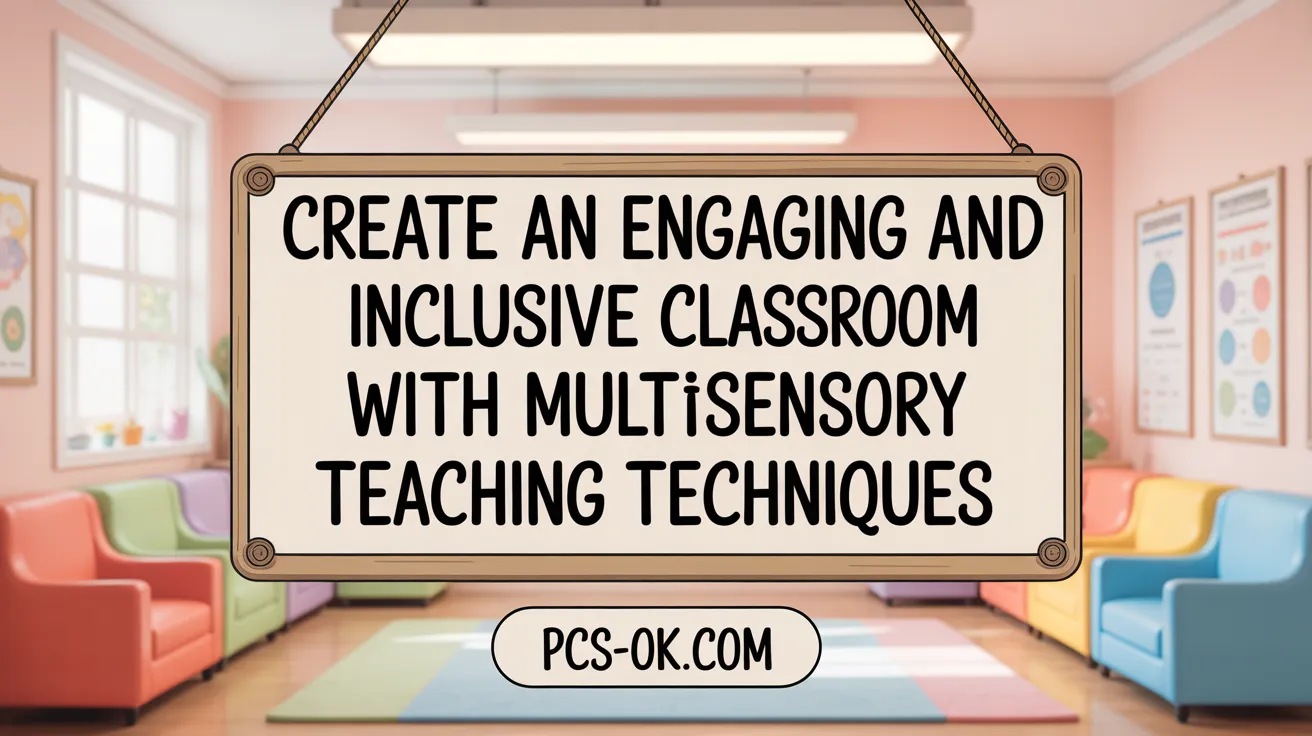
What are effective strategies for managing and supporting children with speech delays in educational settings?
Supporting children with speech delays in schools requires a team effort involving teachers, speech-language pathologists, and parents. Interventions should be personalized based on each child’s needs, and environments should be the most natural and stimulating possible.
One effective approach is creating a language-rich classroom atmosphere. Activity-based methods like reading stories aloud, singing songs, and engaging in interactive play help children learn new words and practice speech in enjoyable ways. Using gestures, facial expressions, and role-playing further encourages verbal communication.
Incorporating multisensory techniques can be particularly beneficial. For example, pairing visual aids with verbal instructions or including tactile activities helps children understand and remember language better.
Parents also play a critical role. Educating families about speech milestones and ways to support language at home reinforces gains made at school. Counseling parents about strategies such as narrating daily routines, encouraging imitation, and limiting screen time can significantly bolster progress.
Reducing distractions like background noise and unnecessary visual stimuli in the classroom can help children attend better and participate more fully. Encouraging real-life social interactions, such as buddy systems or group activities, promotes natural language use.
Patience and positive reinforcement are essential. Praising effort and progress builds children’s confidence and motivation. Consistent routines and clear expectations help children feel secure and understand what is expected.
Regular monitoring of each child’s progress ensures that interventions remain effective. When delays are significant or persistent, timely referrals to specialists, like speech-language therapists, support comprehensive development.
Overall, combining structured interventions with a supportive, engaging environment encourages language growth and enhances educational success for children with speech delays.
Communicating Concerns About Speech Delay with Caregivers and Professionals

When parents, teachers, or caregivers notice signs of speech or language delays in a child, clear and compassionate communication is essential. Effectively sharing observations involves using simple, specific language that highlights what has been seen or heard. For instance, mentioning that a child does not respond to their name by age 12 months or struggles to form two-word phrases by age 24 months provides concrete starting points.
Timing is also crucial; discussing concerns during routine visits or designated developmental check-ins ensures issues are addressed early. Employing visual aids, gestures, or demonstrations can help convey concerns clearly, especially when discussing behaviors or developmental milestones.
Building a collaborative relationship is fundamental. Teachers and caregivers should approach discussions with patience and empathy, emphasizing shared goals — the child’s well-being and development. It is important to frame concerns as questions or invitations to explore rather than as diagnoses, which fosters openness and reduces anxiety.
Involving speech-language pathologists can provide expert guidance tailored to the child’s needs. These professionals can suggest specific screening tools and intervention strategies, making the process more structured and effective.
Regular follow-ups and involving families in decision-making empower them and reinforce trust. When everyone shares observations and expresses concerns respectfully and constructively, it creates a supportive environment conducive to early intervention.
Sensitivity in these conversations, recognizing the child’s unique development pace, helps to maintain positive relationships. As developmental delays do not always indicate serious issues, framing concerns as part of a proactive approach encourages cooperation and ensures children receive timely support.
Searching for “best practices for communicating speech delay concerns” yields additional strategies, emphasizing respectful dialogue, cultural considerations, and family-centered care, all vital for successful collaboration.
Understanding Speech and Language Deficits and Their Broader Implications

What are speech and language deficits, and what are their implications for child development?
Speech and language deficits involve difficulties in how children produce sounds, comprehend spoken language, or effectively use words and sentences for communication. These challenges can significantly impact a child’s ability to engage in everyday interactions, learn effectively, and develop socially. When children struggle with speech or language, they may find it hard to express their needs, feelings, or ideas, which can lead to frustration and social withdrawal.
Untreated speech and language issues can also affect emotional health, as children may experience lowered self-esteem or feel misunderstood by peers and adults. Moreover, persistent delays can influence academic performance, especially in reading, writing, and comprehension tasks.
Early detection is essential. Comprehensive assessment by professionals such as speech-language pathologists enables precise diagnosis and identifies specific needs. Tailored speech therapy can then be provided, focusing on improving communication skills, which in turn supports cognitive development, social interaction, and emotional well-being.
Research shows that children who receive early intervention are more likely to develop better language skills, achieve higher academic success, and build stronger peer relationships. Ultimately, addressing speech and language deficits early paves the way for healthier emotional development and improved quality of life.
Why is early diagnosis and intervention critical?
Early diagnosis allows for prompt intervention, reducing the risk of long-term academic and social difficulties. Speech-language therapy strategies may include activities that promote sound production, vocabulary development, and social communication, tailored to each child’s needs.
In summary, recognizing and treating speech and language deficits during early childhood is vital for supporting overall development. It ensures children can communicate effectively, participate fully in school and social environments, and build confidence in their abilities, setting a foundation for lifelong success.
The Path Forward: Collaboration and Early Action
Teachers are vital advocates in recognizing speech delays and facilitating early intervention. Their keen observations, combined with effective communication with families and professionals, lay the groundwork for timely diagnosis and therapy. By implementing supportive classroom strategies and promoting language-rich environments, educators can substantially influence developmental trajectories. Early intervention not only fosters improved academic and social outcomes but also enhances lifelong communication and emotional well-being. Collective efforts bringing together teachers, caregivers, and specialists form the cornerstone of successful management of speech delays, empowering children to reach their full potential.
References
- Speech and language delay in children: a practical …
- What parents and educators need to know about childhood …
- How Speech and Language Deficits Can Affect a Child’s …
- Working with Teachers to Identify Speech and Language …
- Delayed Speech or Language Development
- How to Raise Concerns about a Child’s Speech and …
- Speech Concerns
- LANGUAGE DISORDERS: RECOMMENDATIONS FOR …

Hello There. I found your blog using msn. This is an extremely
well written article. I will be sure to bookmark it
and return to read more of your useful info. Thanks for the post.
I will certainly comeback.
My blog post – buy viagra online